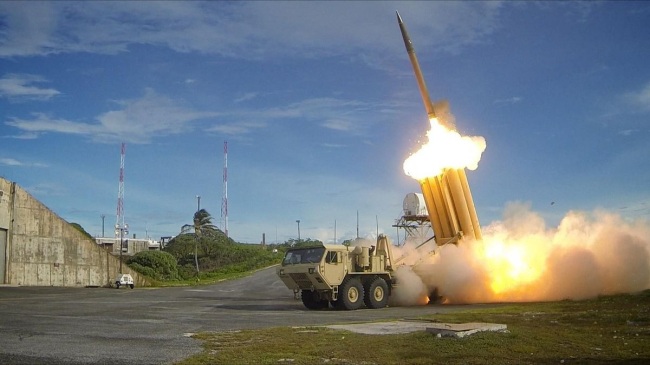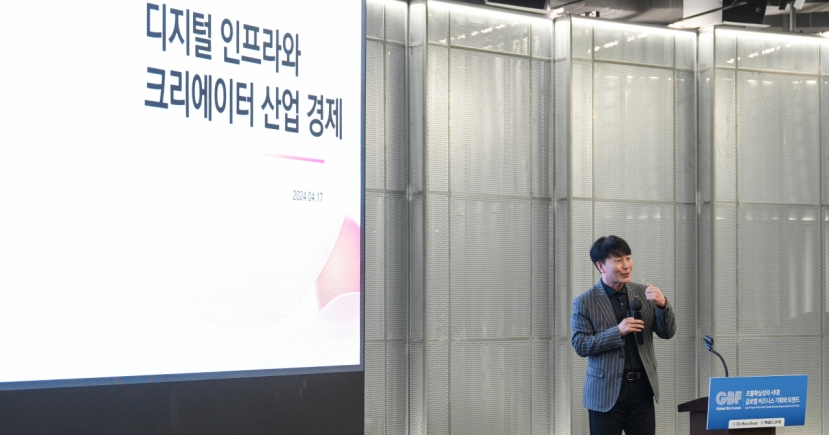Economy
[THAAD] Ally begins deployment process of THAAD
[THE INVESTOR] In a surprise move, South Korea and the United States began deploying a highly controversial anti-missile system here, just hours after North Korea test-fired missiles that it said aimed to target US bases in Japan.
Officials in Seoul and Washington confirmed on March 7 that two launchers of the Terminal High Altitude Area Defense system have arrived in South Korea’s Osan Air Base late March 6 via the C-17 Globemaster III transport aircraft.
 |
They are the first batch of the US radar system to be installed in phases over the next few months, with the purpose of countering North Korea’s missile attacks and enhancing the alliance’s joint defense capability on the Korean Peninsula.
“Continued provocative actions by North Korea, to include launch of multiple missiles on March 6, only confirm the prudence of our alliance decision last year to deploy THAAD to South Korea,” US Pacific Commander Adm. Harry Harris said in the statement.
Leaders of the two countries spoke on the phone early March 7, hours after the arrival of THAAD elements here, reiterating their shared firm stance on North Korea’s evolving missiles threats.
During their 20-minute telephone talks, South Korea’s acting President and Prime Minister Hwang Kyo-ahn and US President Donald Trump shared the need to sternly deal with the North’s latest launch. They cast it as “not only a breach of UN Security Council resolutions, but also a provocation against the international community,” Hwang’s office said.
Trump highlighted the need for closer bilateral cooperation in coping with North Korea issues, including its missile provocations, through in-depth discussions at future two-way high-level meetings.
The THAAD launchers and other equipment that arrived here have been transferred to an unidentified US military base, Seoul’s Defense Ministry said. The whole platform, including additional launchers and AN/TPY-2 radars, will be stationed at the planned battery site near the southeastern rural county of Seongju.
South Korea’s Defense Ministry said that its ally had worked together to ensure prompt deployment of THAAD. Since Seoul’s military acquired land to host the battery last month, the allies’ military chiefs have vowed to complete the stationing process “as soon as possible.”
But the ministry refused to provide a specific schedule for the deployment and elaborate on when the ally had agreed to begin the deployment process. Citing security concerns, the military also declined to say how many launchers will be stationed on the planned battery site.
Seoul did not notify China of the decision in advance, the ministry added, highlighting that the deployment was aimed at “solely” defending South Korea against North Korea’s missile and nuclear threats.
Fearing that THAAD’s advanced radar could be used to spy deep into its territory, China has stepped up its retaliatory measures against South Korea. The Chinese authorities reportedly instructed the country’s travel agents to stop selling tour packages to South Korea. The Chinese government denied such reports.
Regarding the speculation on whether the THAAD system would be employed during the Korea-US annual military exercise, the ally’s military officials said it is “difficult.”
“The THAAD batteries did not come here to participate in the combined exercise,” said an official from the Korea-US Combined Forces Command in Seoul. “The deployment process has just begun.”
South Korea’s military said last month that its ally would employ an operational guideline to counter North Korea’s nuclear and missile facilities including the use of THAAD for the Key Resolve computer-simulated drills scheduled to kick off next week.
On Monday, North Korea test-fired four ballistic missiles, which Seoul’s military said are upgraded versions of Scud missiles, into the waters near Japan’s exclusive economic zone. Pyongyang said March 7 the missile test was aimed at US military bases in Japan.
By Yeo Jun-suk/The Korea Herald (jasonyeo@heraldcorp.com)








